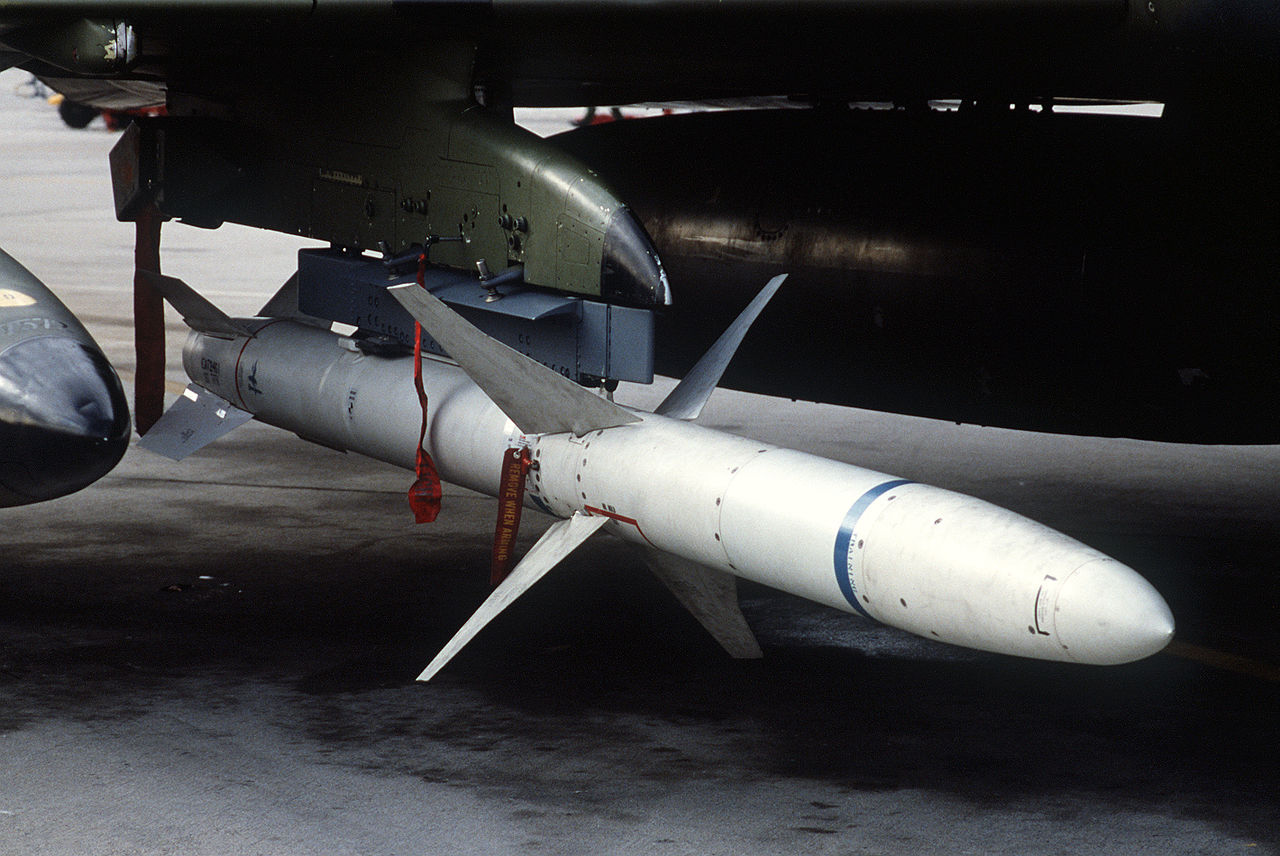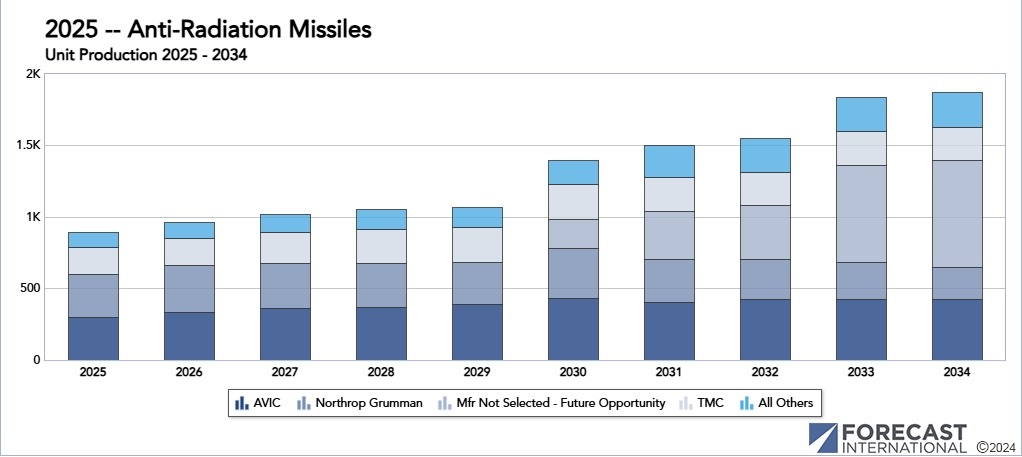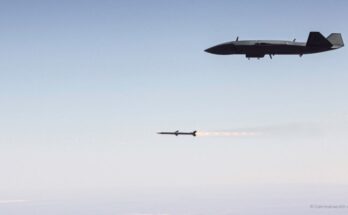
Routinely overlooked, anti-radiation missiles continue to play a key role in modern warfare. Had Russia conducted an extensive suppression of enemy air defenses (SEAD) operation at the start of its war with Ukraine, it is possible that Moscow’s initial invasion plan might have succeeded or at least had a better chance of victory.
The United States possesses the world’s most robust SEAD capability that dates back to the Vietnam War. During this conflict, the United States created its first “Wild Weasel” SEAD aircraft designed specifically to suppress air defenses and help reduce casualties among its air crews.
A primary weapon of the Wild Weasels is the anti-radiation missile. The first U.S. anti-radiation missile was the AGM-45 SHRIKE. Following this missile into service was the AGM-88 HARM series.
HARMs have seen action in numerous operations over decades of service. The U.S. has confirmed the integration of the HARM with Ukrainian Air Force MiG-29 Fulcrum and Su-27 Flanker combat aircraft. U.S. Navy E/A-18G Growler electronic warfare aircraft, equipped with the AGM-88E Advanced Anti-Radiation Guided Missiles (AARGM), are performing missions over areas of Yemen controlled by the Houthi militia.
The U.S. has also developed the AGM-88G Advanced Anti-Radiation Guided Missiles – Extended Range (AARGM-ER). The U.S. Navy’s AGM-88E/G procurement plan changes on an almost annual basis. U.S. procurement will exceed 1,600 missiles. Foreign orders for U.S.-made anti-radiation missiles continue to appear.

While China may produce more anti-radiation missiles than any other country, it has won few (if any) export sales and the weapon’s effectiveness is unproven. The capability of Russian ARMs produced by TMC have been proven in combat, but their overall effectiveness has been lessened by poor tactics on the part of the Russian military. Despite being a restricted market, more and more countries are developing their own anti-radiation missiles, which is helping to push up the value and volume of production.
The HARM may be the last missile developed specifically to attack air defense systems. The United States is aiming to meet its future requirements with a multirole missile. An evolution is occurring in this market, with missiles acquiring larger mission profiles.
Delivering detailed, long-range projections, Forecast International’s Missile Forecast offers a comprehensive view of the global missile market. The service delivers critical intelligence on a broad spectrum of systems, including air-to-air, surface-to-air, strike, anti-armor, surface-to-surface, anti-ship, and anti-radiation missiles. It also provides forward-looking insights into both developmental programs and ongoing production, enabling stakeholders to stay ahead in a rapidly evolving landscape. Equip your strategy with decisive intelligence—leverage FI’s Missile Forecast to stay competitive, responsive, and mission-ready. Click to demo it today.
For more than 35 years, Larry has been involved in research and analytical work for various Forecast International projects. He has contributed to the Airborne Electronics Forecast and was chief editor on the World Aerospace Weekly newsletter. Larry was directly responsible for the creation of World Weapons Review, a biweekly industry market research publication specializing in weapon systems and related material. He was the creator of Unmanned Vehicles Forecast, launched to cover the growing market for civil and military drones, and was involved in the development of the Airborne Retrofit & Modernization Forecast service. He is currently responsible for the Missile Forecast and for FI's two Unmanned Vehicles Forecast services – Airborne Systems and Land & Sea Systems.




